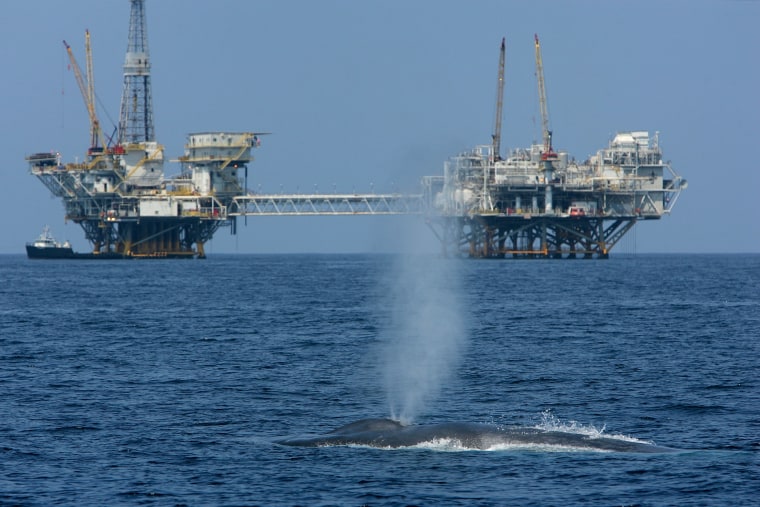The U.S. Navy agreed Tuesday to limit the loud, low-pitched sonar used to detect submarines in response to criticism by environmentalists that the sound was threatening whales and other marine mammals hundreds of miles away.
The settlement in federal court restricts the Navy's use of low-frequency sonar to specific military training areas near Hawaii and in the western Pacific Ocean.
"When you put that much sound in the ocean, there's a need to be careful in how you use it and where you go," said Michael Jasny, a policy analyst with the Natural Resources Defense Council, a plaintiff in the case.
"This agreement succeeds in balancing the Navy's need to train with the need to protect marine mammals and endangered species in their habitats."
A Navy spokesman said they were satisfied with the settlement.
In February, U.S. Magistrate Elizabeth Laporte found that low-frequency sonar blasted beneath the ocean's surface to detect submarines threatens the animals' ability to find food and avoid predators.
A lawsuit filed by conservation groups last year argued that regulators violated multiple federal environmental laws by issuing a permit allowing the Navy to use the sonar systems around the world.
In some areas where the agreement allows low-frequency sonar, the Navy must limit its use to certain times of the year to protect whale breeding grounds.
The settlement restricts low-frequency sonar to more than 50 nautical miles from Hawaii's main islands and prohibits training near the Hawaii Humpback Whale National Marine Sanctuary and the Papahanaumokuakea Marine National Monument.
In a separate case, the Navy is asking the U.S. Supreme Court to reconsider a federal appeals court ruling limiting the more widely used mid-frequency sonar in training exercises off Southern California's coast.
The Navy argues that the decision by the 9th U.S. Circuit Court of Appeals in San Francisco threatens the readiness of sailors and Marines while providing limited environmental benefit.
Earlier this year, President Bush issued a waiver exempting the Navy from coastal environmental regulations so training could continue while the Navy appealed a lower court's decision. But the 9th Circuit sided with the lower court and said the Navy must restrict its sonar training while the case is pending.
